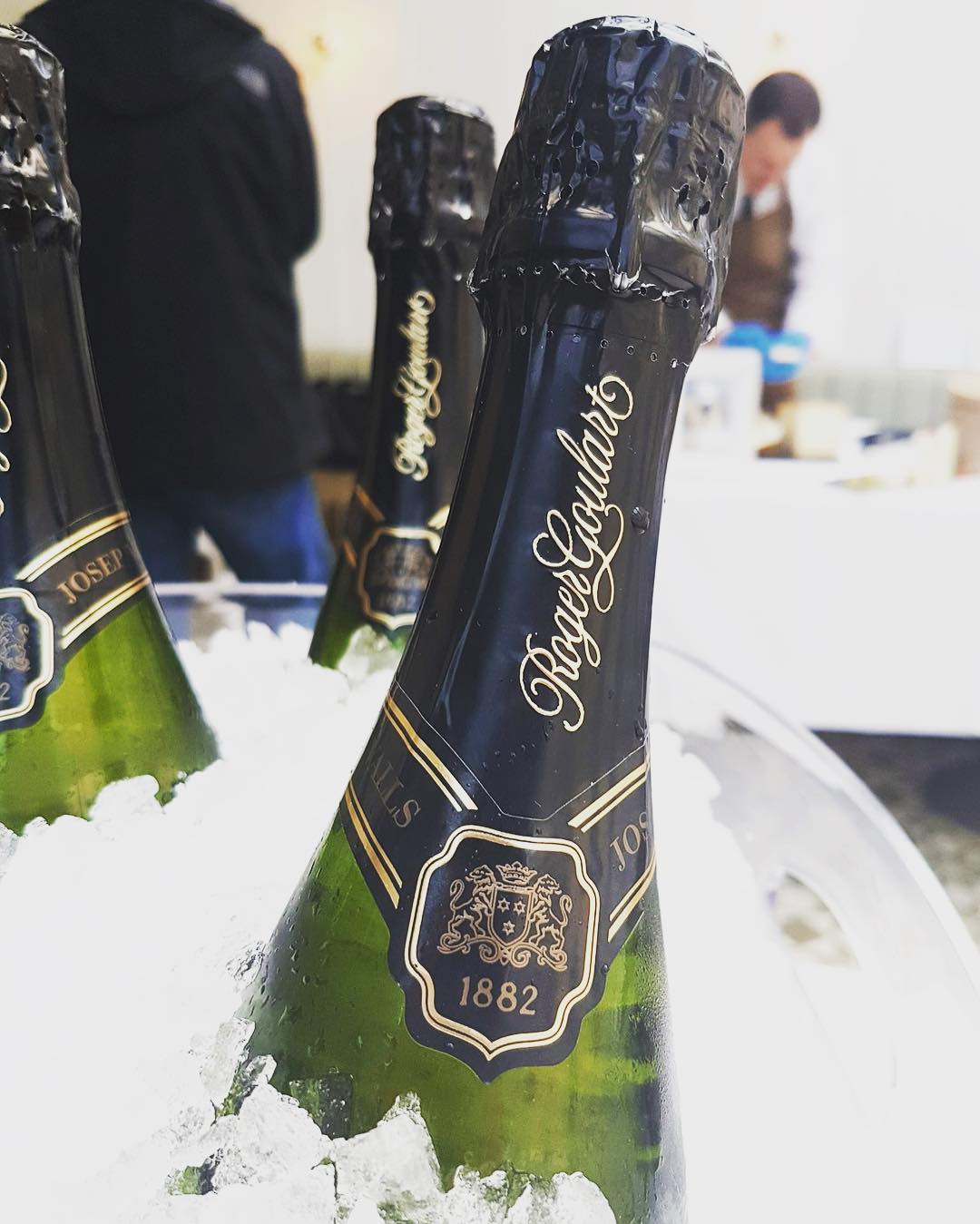Your cart is currently empty!
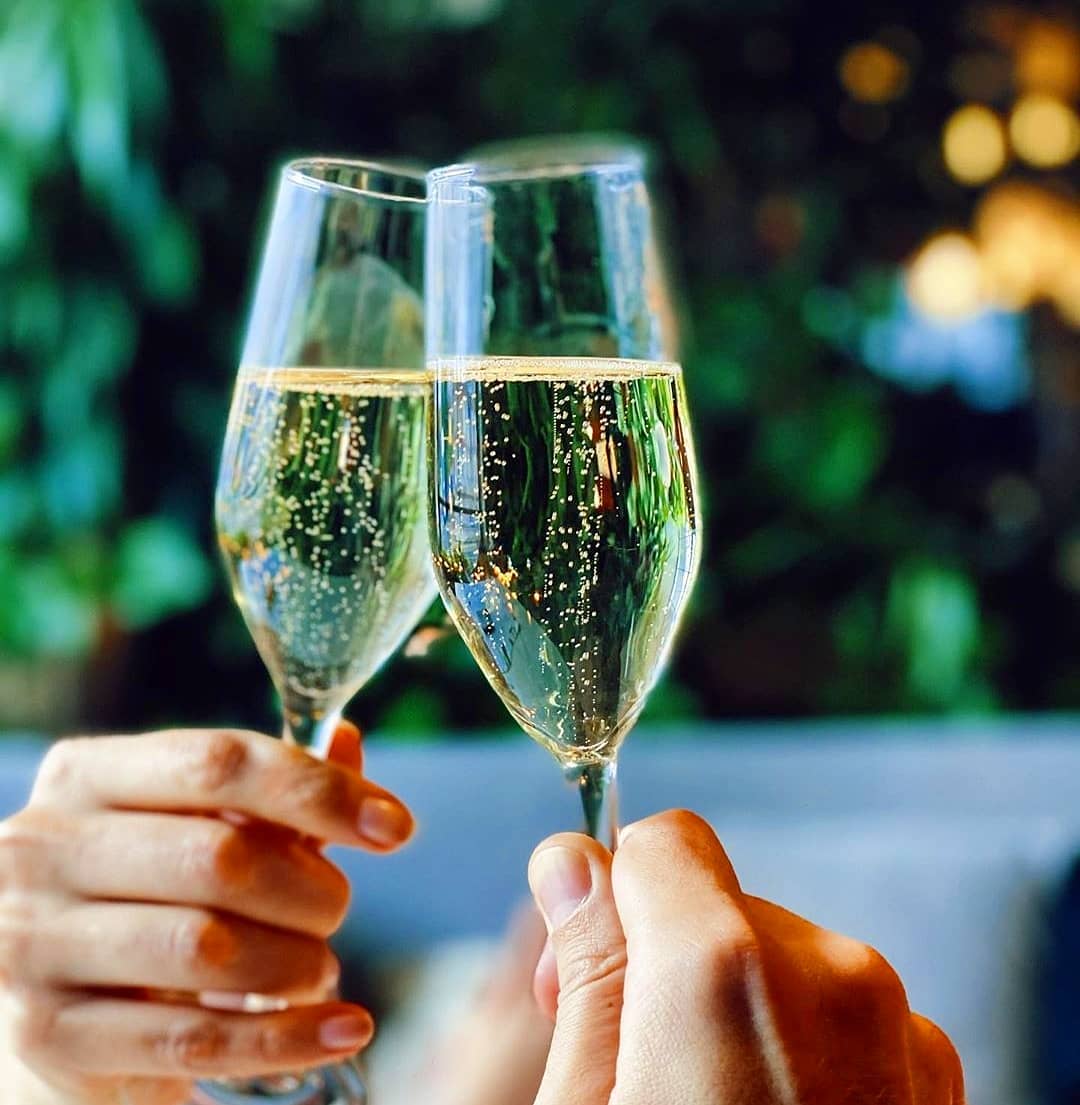
Cava’s Distinct Sparkle: How Spain’s Bubbly Stands Apart – Featuring Roger Goulart Gran Reserva Josep Valls
—
In the vibrant world of sparkling wines, Cava holds a unique and distinguished position. While often compared to its more famous cousins, Champagne and Prosecco, this Spanish effervescent gem boasts a set of differentiating factors that give it a character all its own. Understanding what makes Cava unique is key to appreciating its versatility, quality, and undeniable charm.
The Defining Method: Traditional Fermentation
Perhaps the most significant differentiator for Cava is its adherence to the Traditional Method (known as Méthode Traditionnelle or Método Tradicional). This is the same painstaking, quality-driven process used to produce Champagne, and it sets Cava distinctly apart from Prosecco, which primarily uses the Charmat (or Tank) Method.
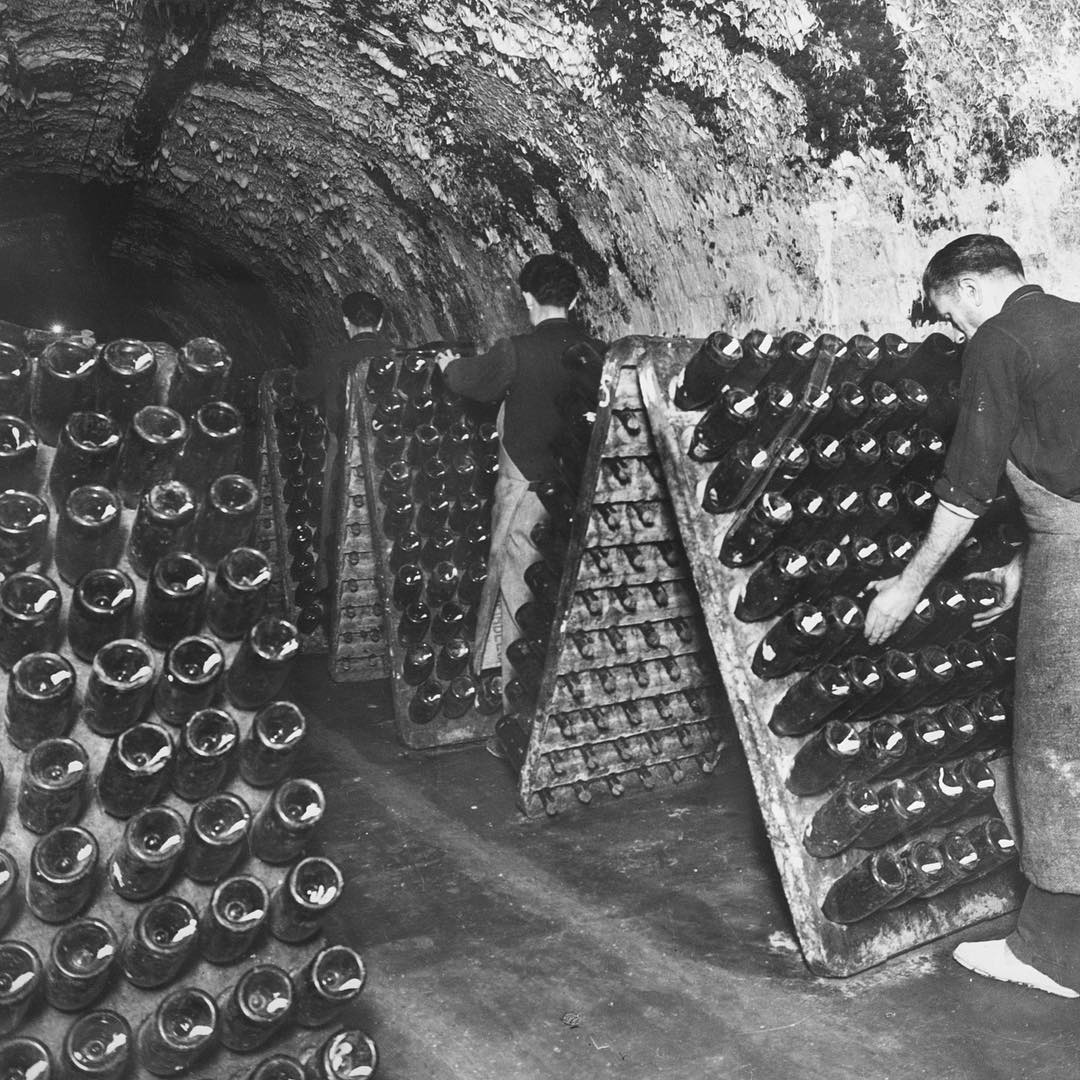
In the Traditional Method:
- Second Fermentation in Bottle: After the initial fermentation of the base wine, a mixture of yeast and sugar (liqueur de tirage) is added, and the wine undergoes a second fermentation directly inside the individual bottle. This is where Cava gets its natural bubbles.
- Lees Aging: The wine then rests on its “lees” (the spent yeast cells) for a minimum period (9 months for standard Cava, longer for Reserva, Gran Reserva, and Paraje Calificado). This contact with the lees imparts complex flavors and aromas, such as brioche, toast, nuts, and a creamy texture, contributing significantly to Cava’s depth.
- Riddling and Disgorgement: Bottles are gradually rotated and tilted (riddled) to collect the yeast sediment in the neck, which is then frozen and expelled (disgorged) before the final corking.
This meticulous, time-consuming process is a cornerstone of Cava’s quality and complexity, giving it a finer, more persistent mousse (bubbles) and a richer flavor profile than tank-fermented sparkling wines.
Indigenous Grapes: A Taste of Spain’s Terroir
While Chardonnay and Pinot Noir are permitted in Cava production, the heart and soul of traditional Cava lie in its indigenous Spanish grape varieties. This unique blend contributes significantly to Cava’s distinctive flavor profile:
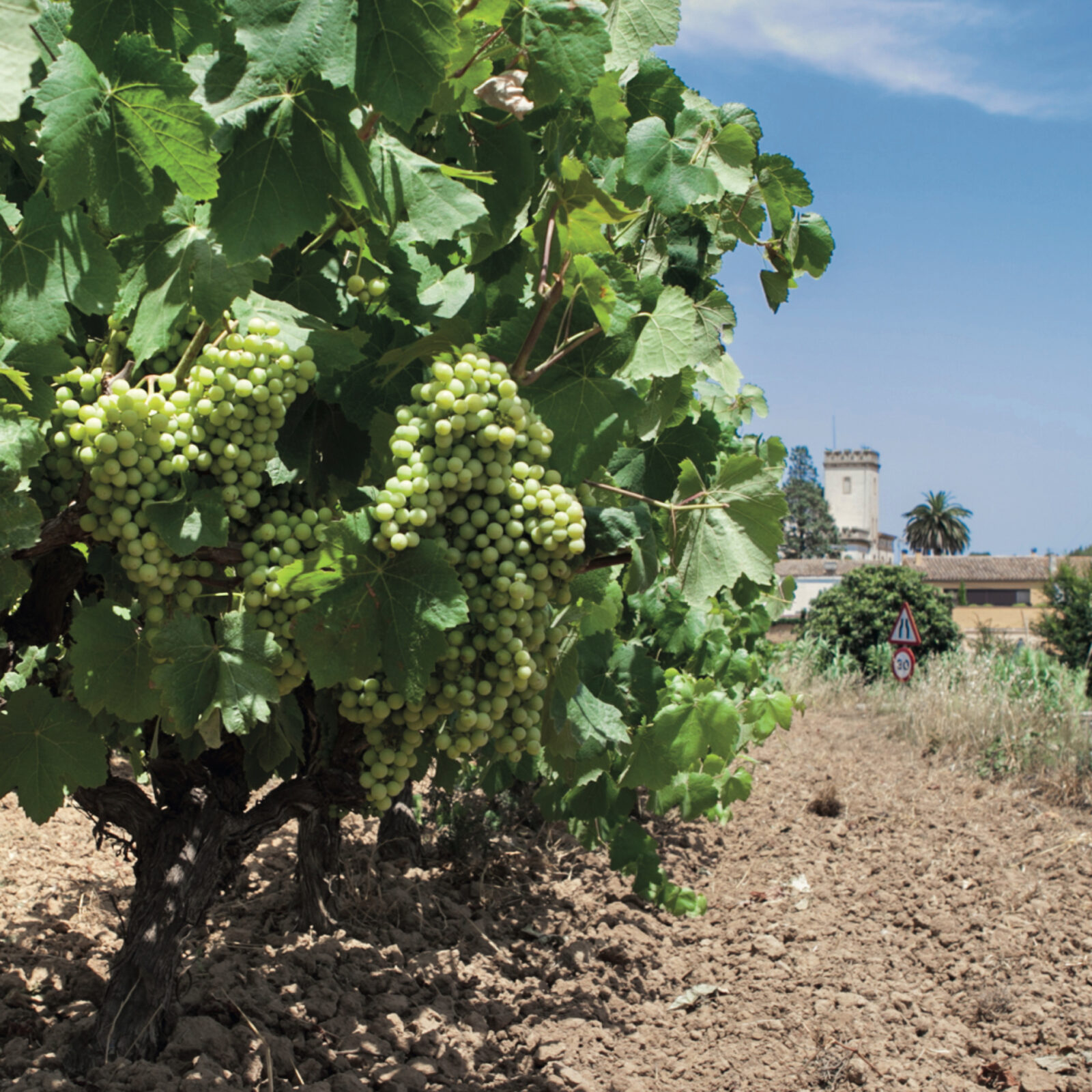
- Macabeo (Viura): Often the backbone of the blend, Macabeo contributes delicate floral notes, citrus, and a subtle bitterness, along with good acidity and aging potential.
- Xarel·lo: This grape is known for providing structure, body, and a distinctive earthy or even slightly savory character, along with good acidity, contributing to the wine’s longevity.
- Parellada: Typically grown at higher altitudes, Parellada brings finesse, freshness, and delicate apple and citrus aromas to the blend.
This trio of native grapes gives Cava a unique aromatic and flavor signature that differentiates it from the fruit-forward Glera of Prosecco or the more classic apple, citrus, and brioche notes of Champagne’s Chardonnay and Pinot blends.
Region and Terroir: A Mediterranean Influence
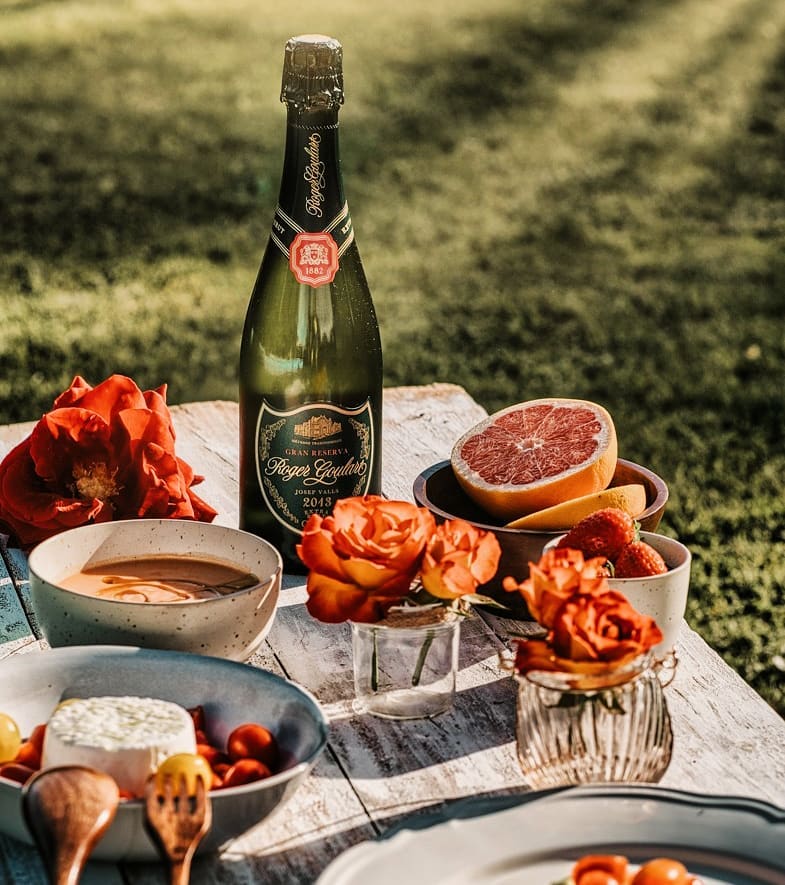
Cava is a Denominación de Origen (DO), but unusually, its production area is not contiguous. While about 95% of Cava comes from Catalonia, particularly around the town of Sant Sadurní d’Anoia in the Penedès region, it can also be produced in specific delimited areas across other Spanish provinces. The predominant influence here is the Mediterranean climate, which provides ample sunshine and warmth, leading to grapes with good ripeness and a distinctive character. This contrasts with Champagne’s cooler, more northerly climate or Prosecco’s specific Veneto region.
Distinctive Flavor Profile
Compared to other sparkling wines, Cava often presents:
- Drier Character: While Cava comes in various sweetness levels (from Brut Nature to Dulce), many popular styles are dry, with a refreshing acidity.
- Savory and Earthy Notes: Thanks to the indigenous grapes, especially Xarel·lo, Cava can exhibit intriguing nutty, savory, or even slightly herbal undertones that are less common in other sparkling wines.
- Creamy Texture: The Traditional Method and lees aging contribute a lovely creamy mouthfeel and fine, persistent bubbles.
Roger Goulart Gran Reserva Josep Valls: A Testament to Cava’s Distinction
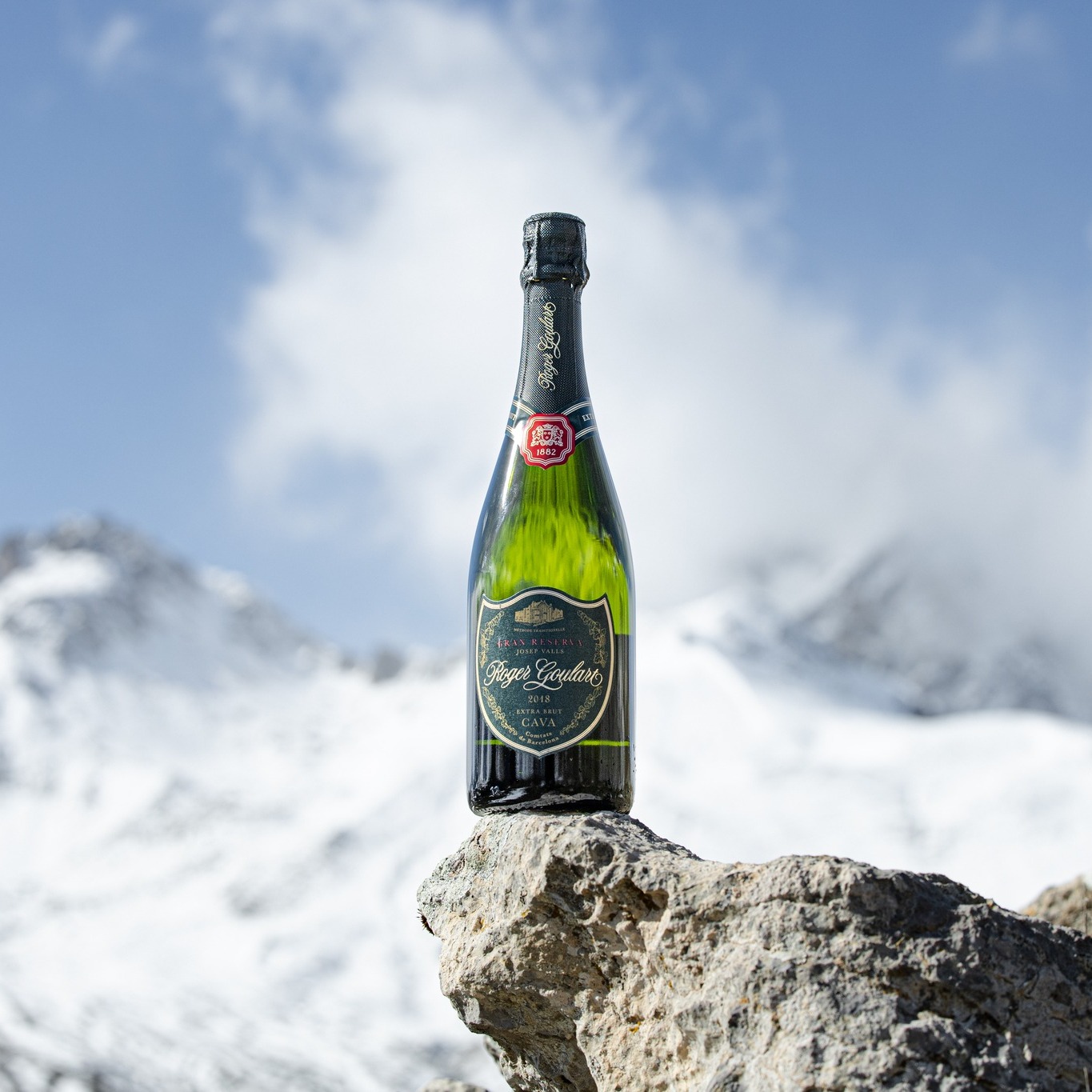
Among the finest examples that embody Cava’s unique differentiating factors is the Roger Goulart Gran Reserva Josep Valls. This exceptional Cava showcases the pinnacle of what the region’s traditional method and indigenous grapes can achieve with extended aging.
- Extended Lees Aging: The “Gran Reserva” designation means this Cava has spent a minimum of 30 months on its lees, though Roger Goulart often extends this to 48 months or even more in their deep, cool underground cellars. This prolonged contact with yeast imparts a profound complexity, developing rich notes of patisserie, toasted brioche, dried nuts, and a creamy texture that is rarely found in sparkling wines outside of the Traditional Method.
- Refined Grape Blend: While traditional Cava grapes form its core, the Josep Valls blend often includes a thoughtful proportion of Chardonnay and sometimes Pinot Noir, alongside Xarel-lo, Macabeo, and Parellada. This blend is carefully chosen to create a wine with significant structure and aging potential, balancing the freshness of the indigenous varieties with the elegance and depth that Chardonnay can bring.
- Purity of Expression: Despite its richness from aging, the Roger Goulart Gran Reserva Josep Valls maintains a remarkable freshness and vibrant acidity, allowing the pure fruit and savory notes to shine through. Its “Extra Brut” style ensures a dry, unadulterated experience, appealing to discerning palates.
Cava vs. The World: A Quick Comparison
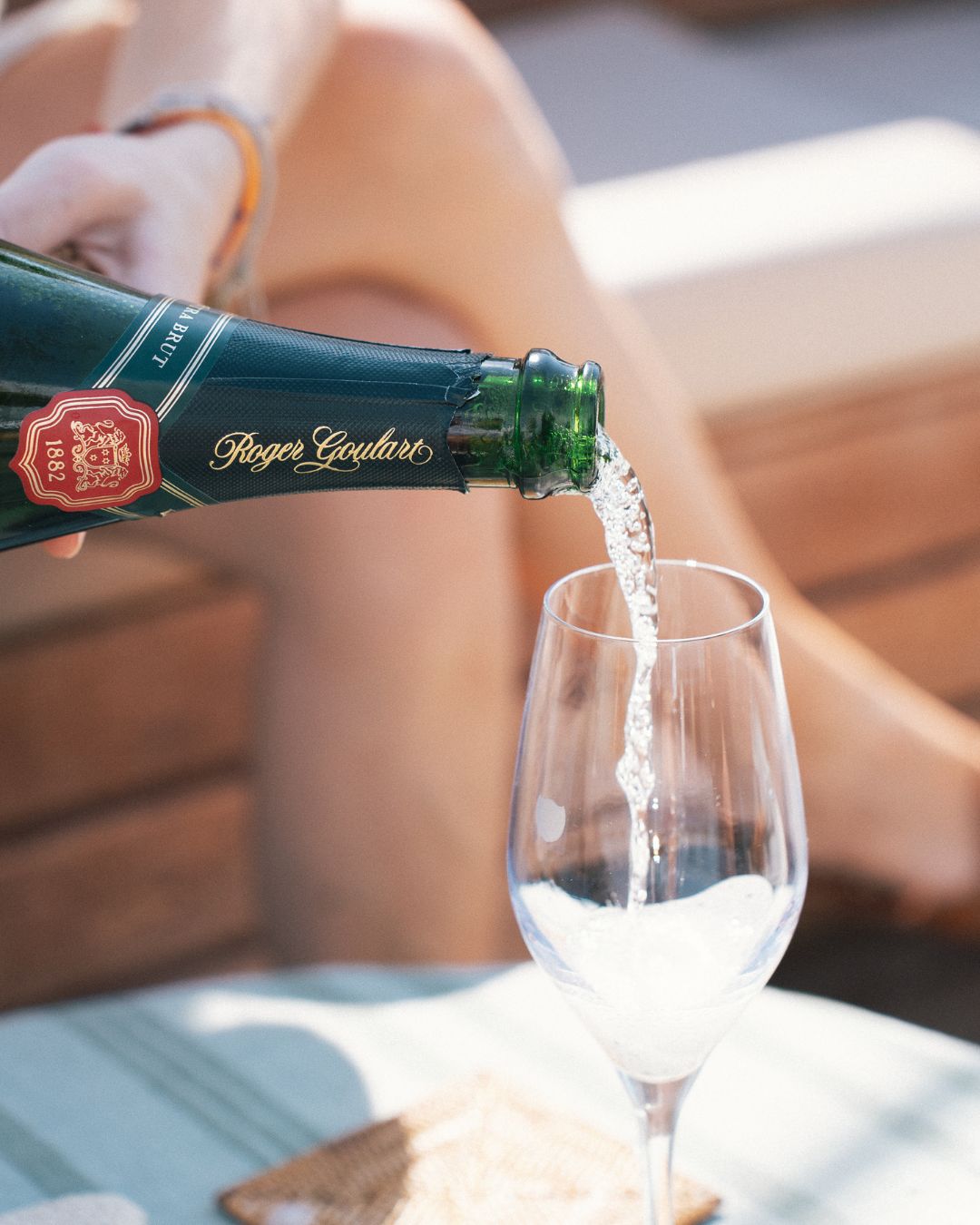
- Cava vs. Champagne: Both use the Traditional Method, resulting in similar complexity and fine bubbles. The key differences lie in their primary grape varieties (Cava’s indigenous Spanish grapes vs. Champagne’s Chardonnay, Pinot Noir, Pinot Meunier), their distinct regional terroirs, and generally, Cava’s more accessible price point. The Roger Goulart Gran Reserva Josep Valls, with its extended aging, often bridges the gap in complexity with many Champagnes.
- Cava vs. Prosecco: This is where the production method is the starkest difference. Cava’s Traditional Method yields finer, more persistent bubbles and complex, often savory flavors, while Prosecco’s Charmat Method results in larger, frothier bubbles and a typically fruitier, more aromatic, and often sweeter profile.
The Unmistakable Allure of Cava
Cava differentiates itself through a powerful combination of its traditional production method, its reliance on unique indigenous Spanish grape varieties, and the influence of its Mediterranean terroir. These factors converge to create a sparkling wine that offers complexity, freshness, and a distinctive flavor profile. The Roger Goulart Gran Reserva Josep Valls stands as a shining example of this distinction, showcasing Cava’s ability to produce world-class effervescence that is both deeply rooted in tradition and exceptionally refined. It truly makes Cava a compelling and unique choice for sparkling wine lovers worldwide.
